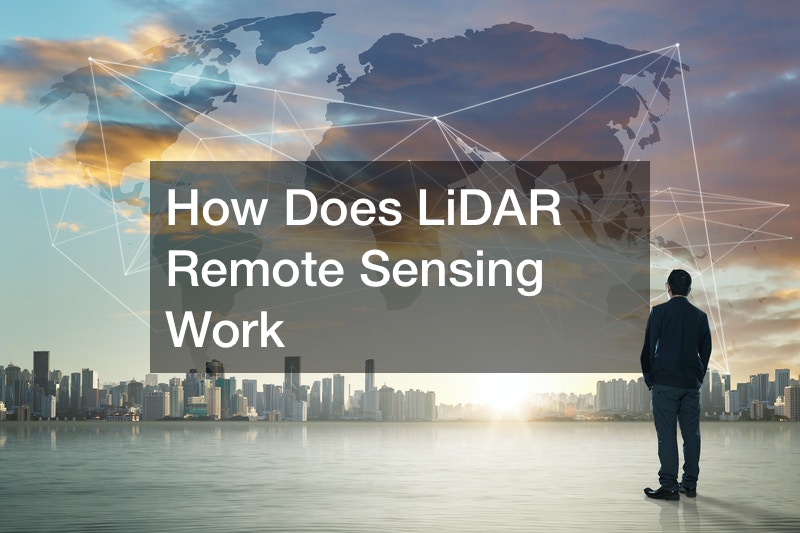
In this YouTube video, NEON Science discusses LiDAR technology, or Light Detection and Ranging technology. This technology measures the depth of things above ground like mountains, trees, forests, and buildings.
It uses light sent out from a laser to make the measurements, whereas sonar technology uses energy pulses underwater.
LiDAR data is obtained through survey machines on the ground, airplanes in the sky, or satellites.
Data collected from airplanes is the most common type available. The National Ecological Observatory Network shares LiDAR data for free.
First, the laser is sent from the plane side-to-side with green or near-infrared lights. The GPS receiver tracks the exact location and altitude of the aircraft. The inertial measurement unit inside the aircraft follows the rolls and tilts of the plane during the flight. Finally, the computer records and compiles all this information for later analysis.
The calculations consider that the energy pulses are sent to the ground at an angle. The light returns to the LiDAR sensor on the plane at the same angle. The time it takes for the pulse to return to the plane determines the object’s height. The system calculates this and factors in the wobble and movements of the aircraft during flight to obtain accurate data.




